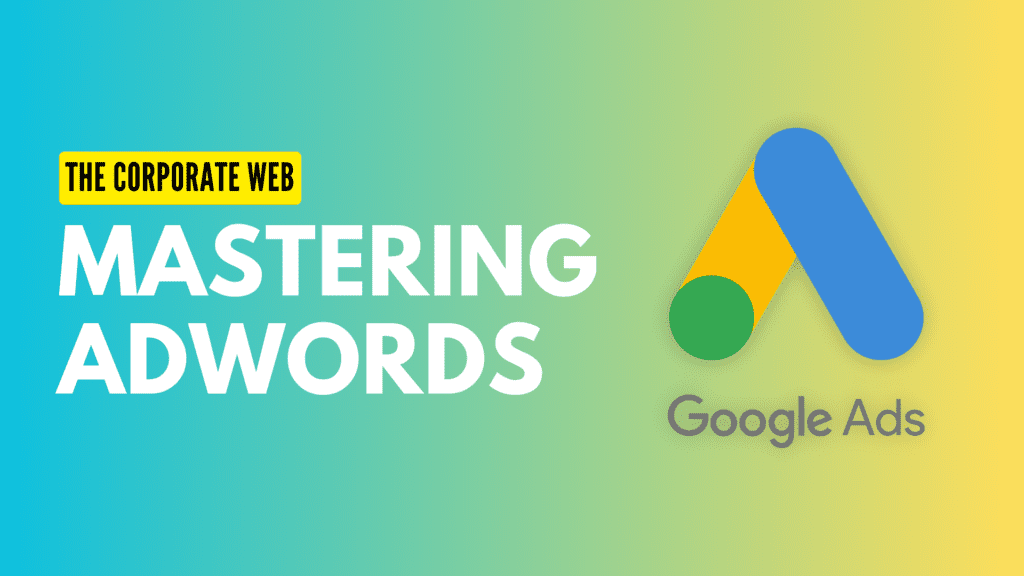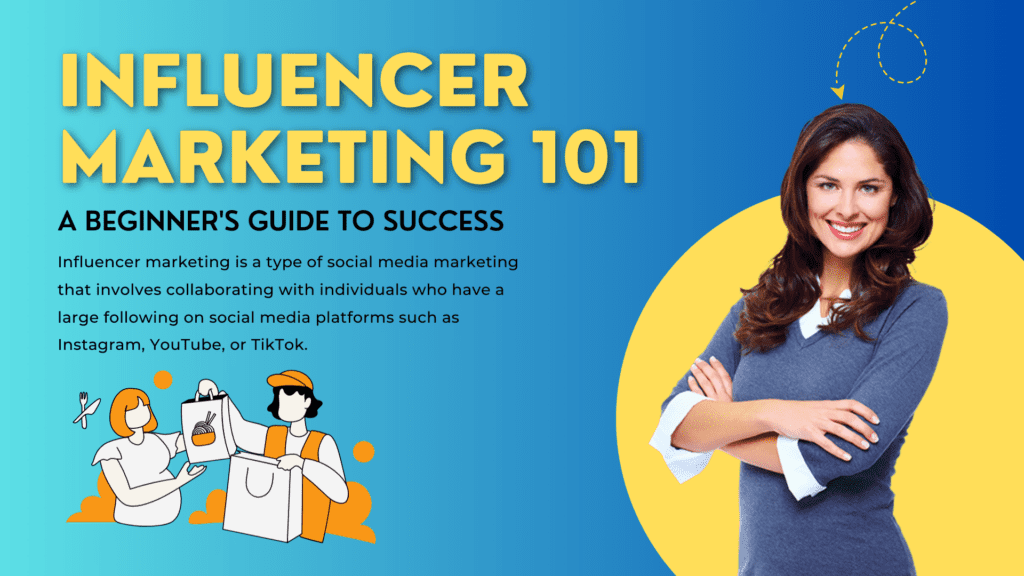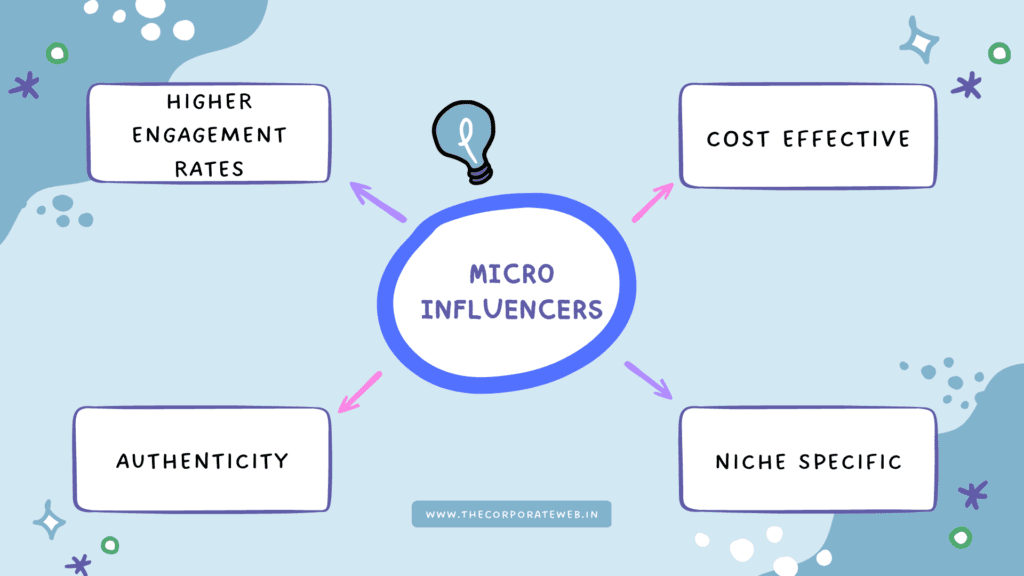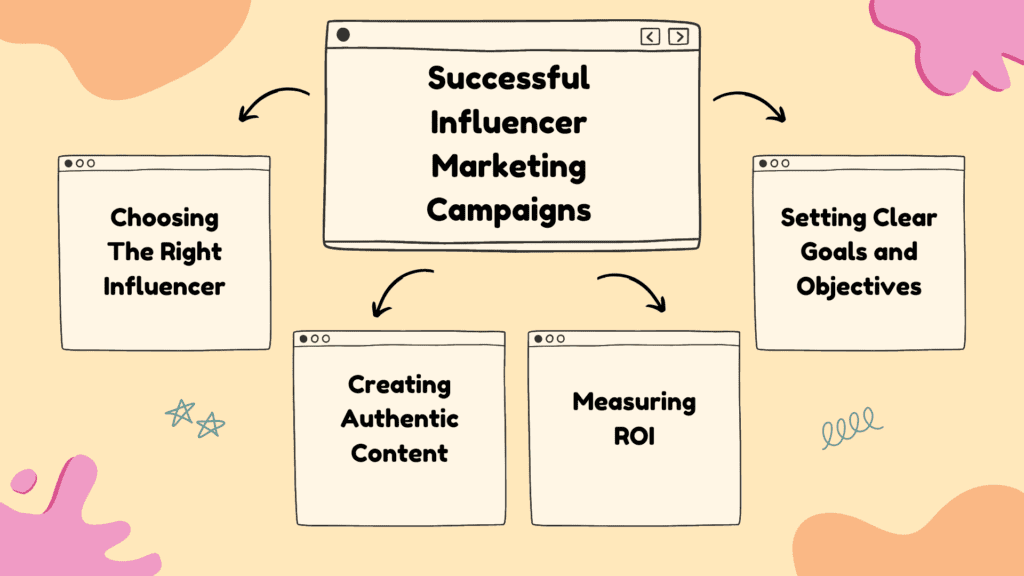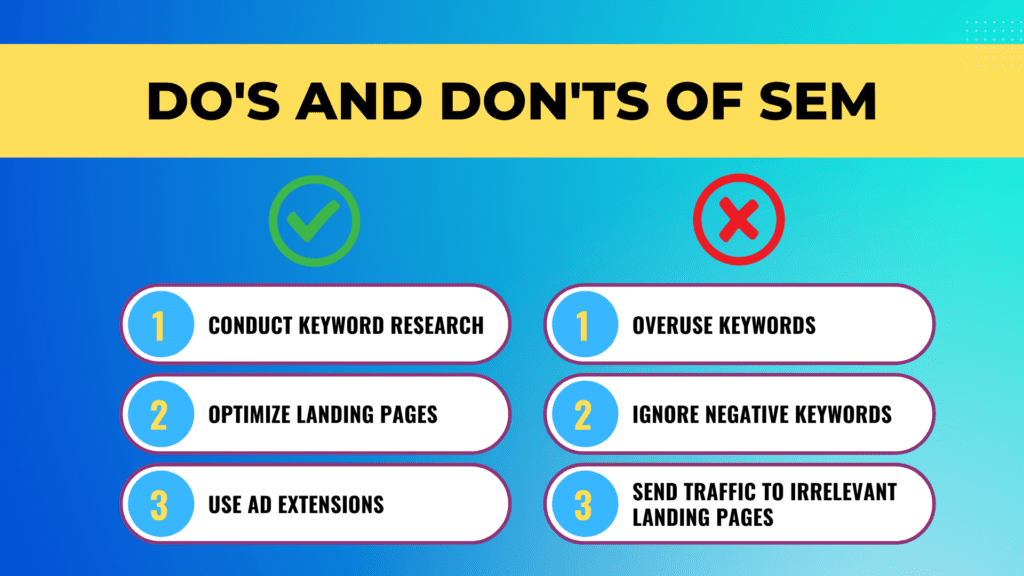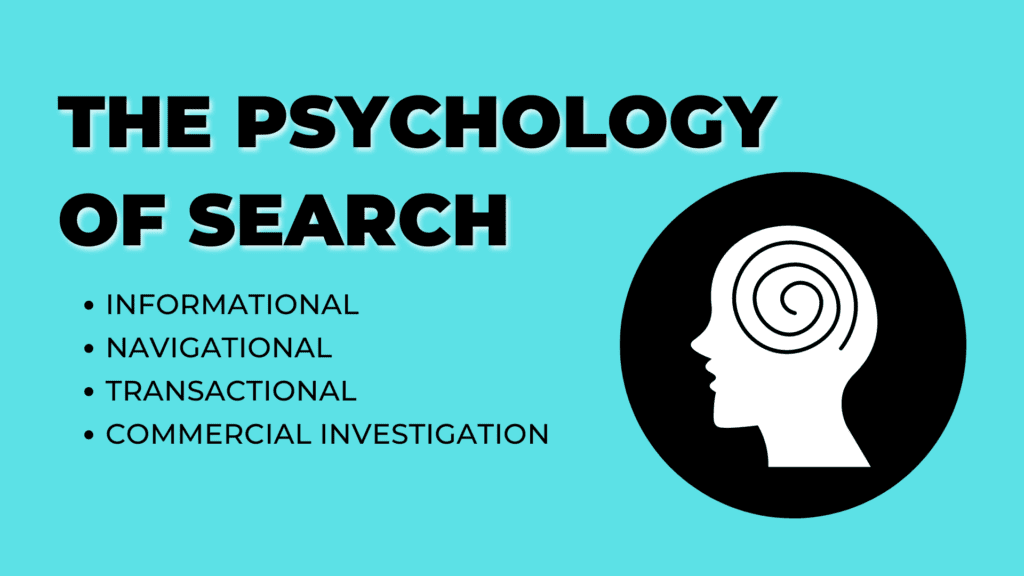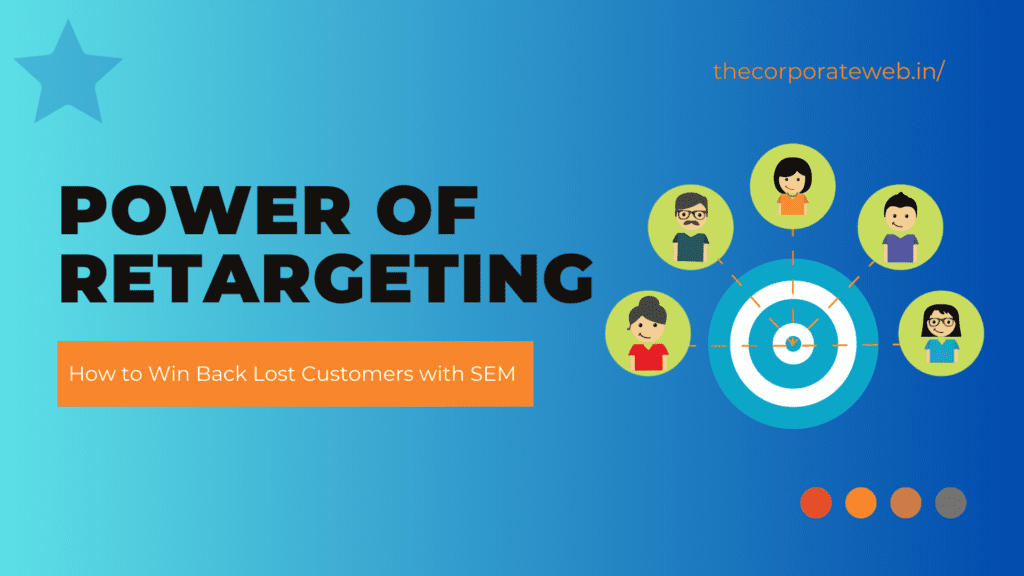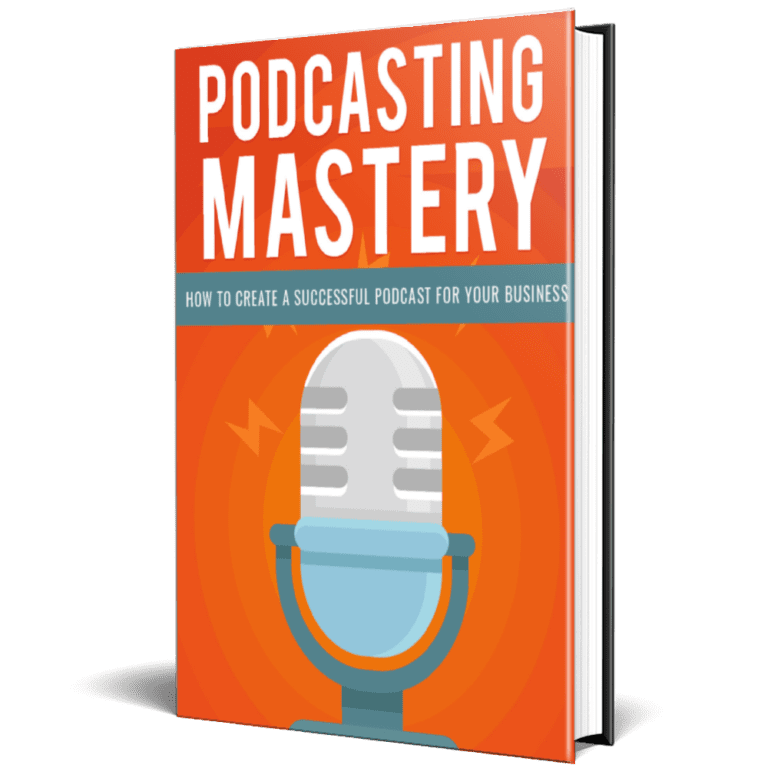AdWords is an online advertising platform developed by Google, which allows businesses to create and display ads on Google’s search engine results pages. AdWords offers a variety of ad formats, including text ads, image ads, and video ads, and enables businesses to target their ads to specific audiences based on demographics, interests, and online behaviors.
Creating high-converting search ads is crucial for businesses that want to maximize their return on investment (ROI) from AdWords. A high-converting search ad is one that effectively communicates the value proposition of the advertised product or service and motivates the user to take a desired action, such as clicking on the ad or making a purchase.
By focusing on these key elements, businesses can create high-converting search ads that generate more clicks, leads, and sales, and ultimately, drive more revenue and growth.
Understanding the Basics of AdWords Search Ads
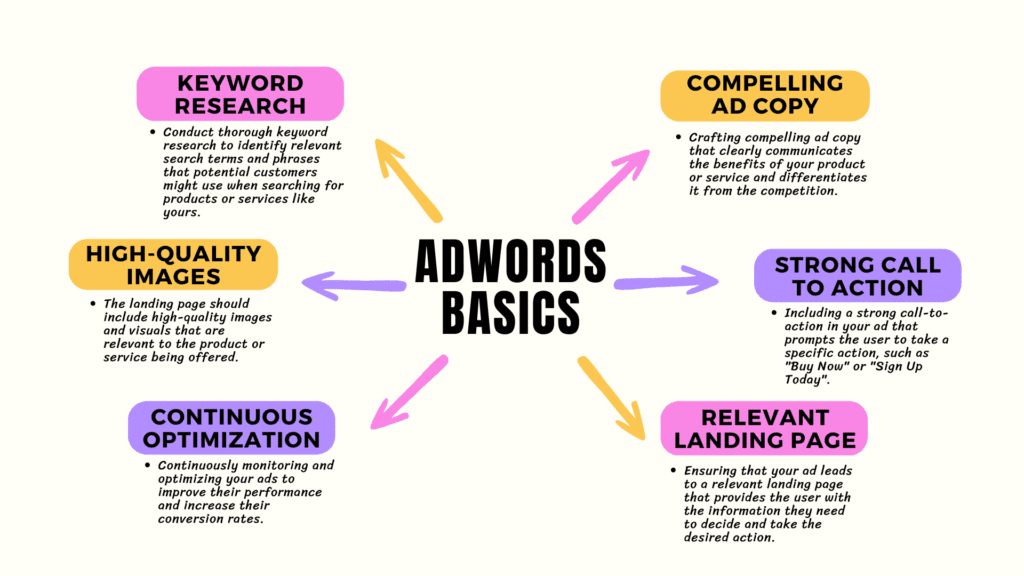
AdWords search ads are a type of online advertising that appears on Google’s search engine results pages (SERPs). These ads are designed to match the user’s search query and provide them with relevant information about products or services that they may be interested in.
A search ad typically consists of several components, including a headline, description, URL, and ad extensions. The headline is the main title of the ad and appears in bold text at the top of the ad. The description is a brief text that provides more information about the product or service being advertised. The URL is the web address of the landing page that the user will be directed to when they click on the ad. Ad extensions, such as call extensions, location extensions, and site link extensions, can be added to provide additional information or options to the user.
Ad relevance and quality score are important factors in the success of an AdWords search ad campaign. Ad relevance refers to how closely the ad matches the user’s search query. A highly relevant ad is more likely to be clicked on by the user, which can lead to higher click-through rates (CTRs) and lower costs per click (CPCs). The quality score measures the overall quality and relevance of the ad, landing page, and user experience. A higher quality score can lead to higher ad rankings and lower CPCs.
To create high-converting search ads, businesses should focus on the following key elements:
- Keyword research: Conduct thorough keyword research to identify relevant search terms and phrases that potential customers might use when searching for products or services like yours.
- Compelling ad copy: Crafting compelling ad copy that clearly communicates the benefits of your product or service and differentiates it from the competition.
- Strong call-to-action: Including a strong call-to-action in your ad that prompts the user to take a specific action, such as “Buy Now” or “Sign Up Today”.
- Relevant landing page: Ensuring that your ad leads to a relevant landing page that provides the user with the information they need to decide and take the desired action.
- Continuous optimization: Continuously monitoring and optimizing your ads to improve their performance and increase their conversion rates.
In summary, AdWords search ads are a powerful tool for businesses to reach potential customers and drive traffic to their websites. By focusing on ad relevance, quality score, and other key components of the ad, businesses can improve their ad performance and achieve their marketing goals.
Keyword Research
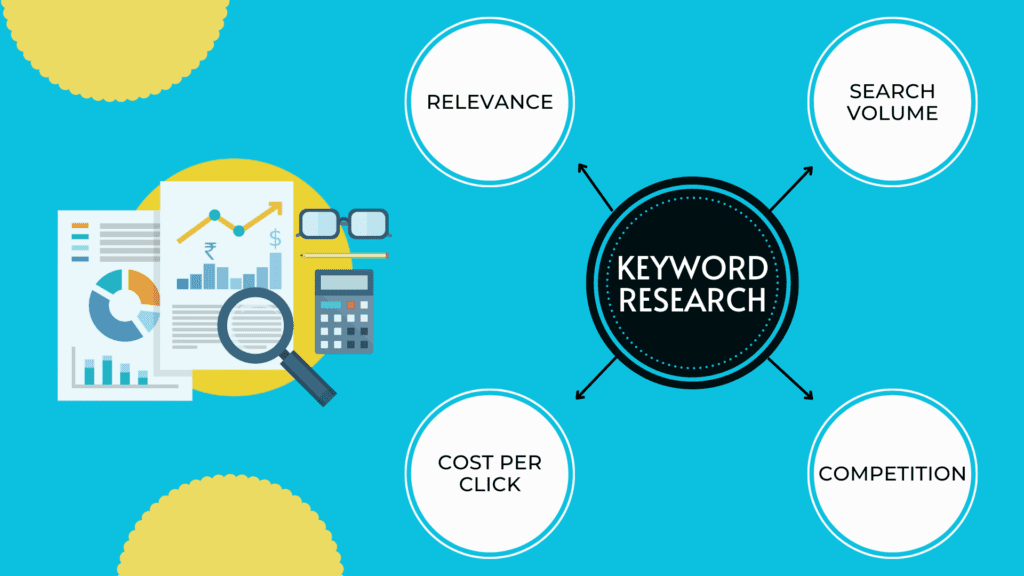
Keyword research is a crucial step in creating effective search ads. It involves identifying the words and phrases that potential customers use when searching for products or services related to your business. By conducting keyword research, businesses can ensure that their ads are shown to the right audience and that they are using the most effective keywords to drive traffic and conversions.
There are several tools available for conducting keyword research, including Google Keyword Planner, SEMrush, Ahrefs, and Moz. These tools allow businesses to identify relevant keywords and phrases, estimate their search volume and competition, and discover new keyword opportunities.
To identify high-performing keywords, businesses should consider the following factors:
- Relevance: Choose keywords that are closely related to your products or services and match the intent of the user’s search query.
- Search volume: Focus on keywords that have a high search volume and are likely to generate a significant amount of traffic to your website.
- Competition: Consider the level of competition for each keyword and choose keywords that have a moderate level of competition.
- Cost per click (CPC): Look at the estimated CPC for each keyword and choose keywords that are within your budget.
In addition to identifying high-performing keywords, businesses should also identify negative keywords. These are words or phrases that are not relevant to your business or that are likely to attract the wrong audience. By adding negative keywords to your campaign, you can prevent your ads from being shown to users who are unlikely to convert.
To identify negative keywords, businesses should consider the following:
- Irrelevance: Choose keywords that are not related to your products or services.
- Misconceptions: Choose keywords that may be misunderstood or associated with a different type of product or service.
- Exclusions: Exclude keywords that may lead to irrelevant traffic or low-quality clicks.
Keyword research is a critical component of creating effective search ads. By using tools to conduct keyword research and identify high-performing keywords and negative keywords, businesses can improve the performance of their ad campaigns and reach their target audience more effectively.
Crafting Compelling Ad Copy
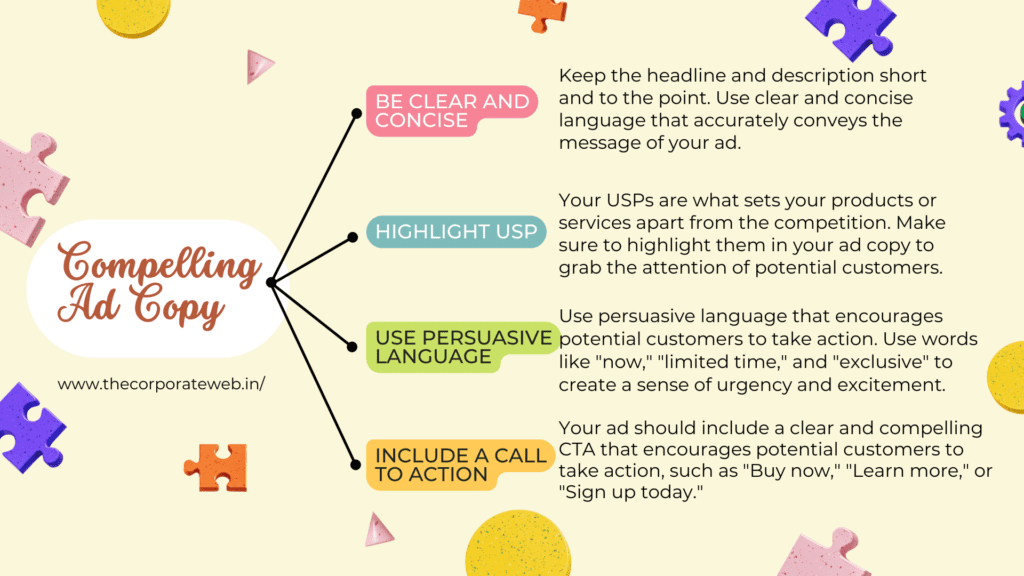
When creating search ads, the headline and description are the first things that potential customers will see. Therefore, it is crucial to make sure that the ad copy is compelling and effective. Here are some tips for writing effective ad headlines and descriptions:
- Be clear and concise: Keep the headline and description short and to the point. Use clear and concise language that accurately conveys the message of your ad.
- Highlight unique selling propositions (USPs): Your USPs are what sets your products or services apart from the competition. Make sure to highlight them in your ad copy to grab the attention of potential customers.
- Use persuasive language: Use persuasive language that encourages potential customers to take action. Use words like “now,” “limited time,” and “exclusive” to create a sense of urgency and excitement.
- Include a call to action (CTA): Your ad should include a clear and compelling CTA that encourages potential customers to take action, such as “Buy now,” “Learn more,” or “Sign up today.”
In addition to writing effective ad copy, it is important to highlight your unique selling propositions (USPs). These are the features and benefits of your products or services that set them apart from the competition. By highlighting your USPs, you can differentiate your business and attract potential customers who are looking for what you offer.
One way to enhance your ad copy is by using ad extensions. Ad extensions provide additional information and options for potential customers, making your ads more informative and useful. Examples of ad extensions include call extensions, location extensions, site link extensions, and price extensions. By using ad extensions, businesses can provide more value to potential customers and increase the chances of them taking action.
Writing effective ad headlines and descriptions is crucial to the success of your search ad campaign. By highlighting your USPs, using persuasive language, and including a clear CTA, you can create ads that attract potential customers and drive conversions. Using ad extensions can also enhance your ad copy and provide more value to potential customers.
Creating Effective Landing Pages
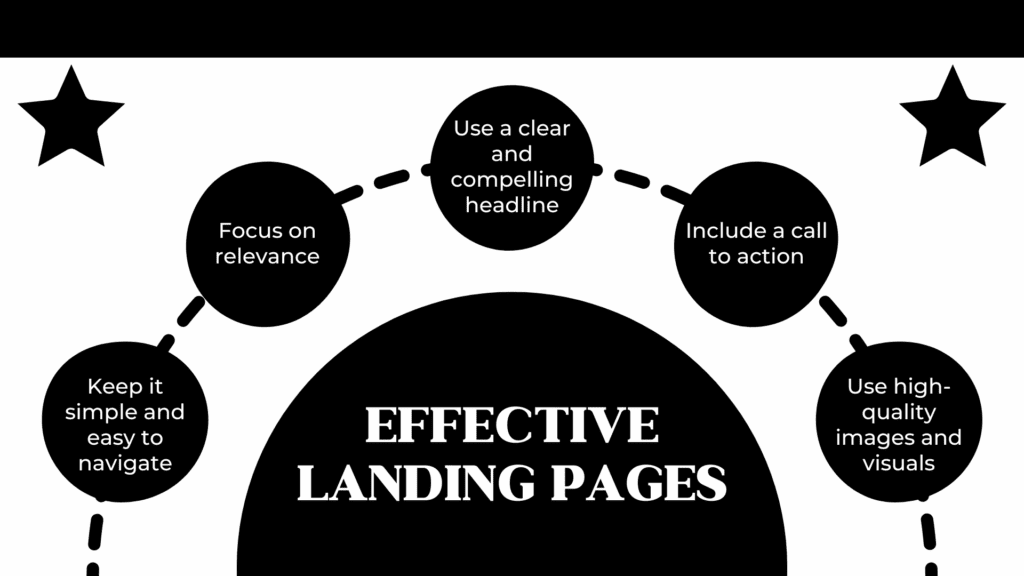
When it comes to search ads, the landing page users are directed to after clicking on an ad is just as important as the ad itself. The landing page should be relevant to the ad and provide a quality user experience that encourages conversions. Here are some tips for designing landing pages that convert:
- Keep it simple and easy to navigate: The landing page should be easy to navigate and not overwhelm the user with too much information. Keep the design simple and make it easy for users to find what they’re looking for.
- Focus on relevance: The landing page should be relevant to the ad and the user’s search query. Make sure that the landing page includes the same keywords and messaging as the ad.
- Use a clear and compelling headline: The headline should be clear, compelling, and relevant to the user’s search query. It should also be consistent with the ad headline.
- Include a call to action (CTA): The landing page should include a clear and compelling CTA that encourages users to take action, such as “Buy now,” “Sign up today,” or “Get a quote.”
- Use high-quality images and visuals: The landing page should include high-quality images and visuals that are relevant to the product or service being offered.
A/B testing landing pages is another effective way to improve conversion rates. A/B testing involves creating two versions of a landing page and testing them to see which one performs better. By testing different elements, such as headlines, images, and CTAs, businesses can identify which elements are most effective at driving conversions.
When conducting A/B testing, it is important to only test one element at a time to accurately measure the impact of each change. It is also important to test both versions simultaneously to avoid any external factors that may influence the results.
The landing page that users are directed to after clicking on a search ad is crucial to the success of the ad campaign. By designing landing pages that are relevant, easy to navigate, and include a clear CTA, businesses can increase the chances of users taking action. A/B testing landing pages is also an effective way to identify which elements are most effective at driving conversions and improving the performance of your ad campaign.
Optimizing Ad Performance
To measure the success of AdWords search ads, businesses need to understand key performance indicators (KPIs). KPIs are metrics that indicate how well the ad campaign is performing and can help businesses identify areas for improvement. Here are some common KPIs for AdWords search ads:
- Click-through rate (CTR): CTR measures the number of clicks an ad receives divided by the number of times the ad is shown. A higher CTR indicates that the ad is relevant and engaging to potential customers.
- Conversion rate: The conversion rate measures the number of conversions divided by the number of clicks. A conversion can be any desired action, such as a purchase, sign-up, or download. A higher conversion rate indicates that the ad is effectively driving conversions.
- Cost per click (CPC): CPC measures the cost of each click on the ad. A lower CPC indicates that the ad is performing well and is more cost-effective.
To improve CTR and conversion rates, businesses can use the following techniques:
- Refine targeting: By refining the targeting of ads, businesses can ensure that they are reaching the right audience with the right message. This can help increase relevance and engagement, leading to higher CTR and conversion rates.
- Optimize ad copy: By continually optimizing ad copy, businesses can improve the relevance and engagement of their ads. This can include testing different headlines, descriptions, and CTAs to identify what works best.
- Improve landing pages: By improving the quality and relevance of landing pages, businesses can increase the chances of users taking action. This can include optimizing the design, content, and CTAs of the landing page.
Ongoing testing and optimization are also important for improving the performance of AdWords search ads. By continually testing and optimizing different elements of the ad campaign, businesses can identify areas for improvement and make data-driven decisions. This can lead to better performance, higher ROI, and a more effective ad campaign overall.
Understanding KPIs, improving CTR and conversion rates, and ongoing testing and optimization are all important factors in creating successful AdWords search ads. By focusing on these areas and making data-driven decisions, businesses can create more effective ad campaigns that drive results.
Conclusion
Creating high-converting AdWords search ads requires a strategic approach that considers various factors, including keyword research, ad copy, landing page design, and ongoing optimization. Here are some key takeaways to keep in mind:
- Conduct thorough keyword research to identify high-performing keywords and negative keywords.
- Write compelling ad headlines and descriptions that highlight unique selling propositions and include relevant keywords.
- Use ad extensions to enhance ad copy and provide additional information to potential customers.
- Design landing pages that are relevant, engaging, and easy to navigate.
- Measure performance using key performance indicators (KPIs) such as click-through rate (CTR) and conversion rate.
- Continually test and optimize ad campaigns to improve performance and ROI.
It’s important to keep in mind that AdWords is a constantly evolving platform, and staying up-to-date on changes and best practices is crucial for success. By continuing to learn and experiment with AdWords, businesses can stay ahead of the curve and create more effective ad campaigns that drive results.
Read More: The Future Of SEM: How AI And Machine Learning Are Changing The Game
FAQs Related To Mastering AdWords
What are AdWords search ads?
AdWords search ads are text ads that appear on search engine results pages when users search for specific keywords.
Why is ad relevance important for AdWords search ads?
Ad relevance is important for AdWords search ads because it determines the likelihood of the ad being shown to potential customers. Ads that are highly relevant to the user’s search query are more likely to be shown and clicked on.
How can I identify high-performing keywords for AdWords search ads?
You can identify high-performing keywords for AdWords search ads by conducting thorough keyword research using tools like Google Keyword Planner and SEMrush. Look for keywords with high search volume, low competition, and relevance to your business.
What are some tips for writing effective ad headlines and descriptions?
Some tips for writing effective ad headlines and descriptions include using attention-grabbing language, highlighting unique selling propositions, and including relevant keywords.
Why are landing page relevance and quality important for AdWords search ads?
Landing page relevance and quality are important for AdWords search ads because they determine the user’s experience after clicking on the ad. A relevant and high-quality landing page can lead to higher conversion rates and a better user experience.
How can I design landing pages that convert?
You can design landing pages that convert by keeping the page simple and easy to navigate, including a clear call-to-action, using high-quality images and videos, and making sure the page is relevant to the ad and user’s search query.
What are some key performance indicators (KPIs) for AdWords search ads?
Some key performance indicators (KPIs) for AdWords search ads include click-through rate (CTR), conversion rate, and cost per click (CPC).
How can I improve click-through rates (CTR) and conversion rates for my AdWords search ads?
You can improve click-through rates (CTR) and conversion rates for your AdWords search ads by refining targeting, optimizing ad copy, and improving landing pages.
What are some best practices for ongoing testing and optimization of AdWords search ads?
Best practices for ongoing testing and optimization of AdWords search ads include testing different ad variations, monitoring KPIs regularly, and making data-driven decisions.
How can I continue learning and experimenting with AdWords to improve my ad campaigns?
You can continue learning and experimenting with AdWords by staying up-to-date on changes and best practices, attending industry events and webinars, and testing different strategies and techniques.
Read More: 7 Tips for Mastering Google Ads Campaigns
